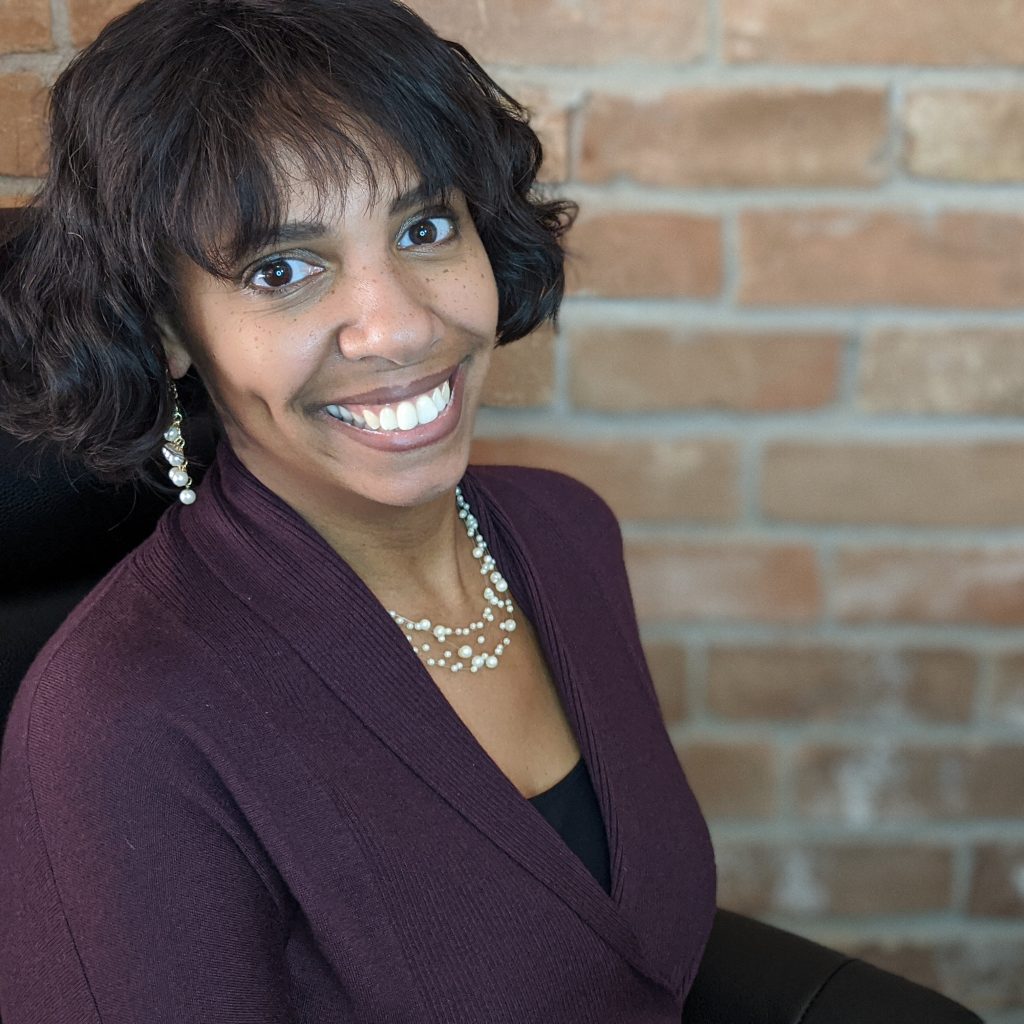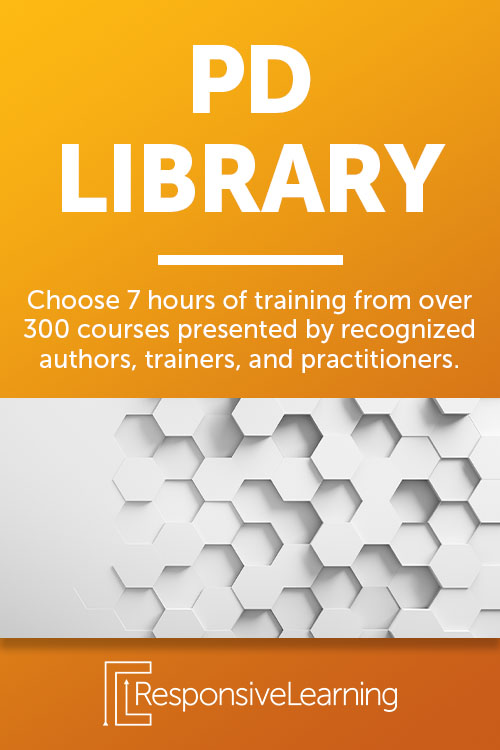Students with disabilities often face significant challenges in their education and may fall behind their non-disabled peers in terms of academic achievement and other outcomes. Closing the gap between the performance of students with disabilities and their non-disabled peers is an important goal for special education, and there are several strategies and approaches that can be effective in achieving this. Let’s take a look at five ways you can help close the gap in special education.
Closing the gap in special education classrooms involves addressing the disparities that exist between students with disabilities and their non-disabled peers in terms of academic achievement and access to educational opportunities. There are several strategies that educators can use to close the gap in special education classrooms:
1. Differentiated Instruction
Differentiated instruction involves tailoring teaching and learning activities to the needs of individual students, which can help to better support students with disabilities. This means adapting and modifying instruction to meet the needs and abilities of individual students. It’s a key strategy for supporting the learning and development of students with disabilities as it helps to ensure that all students have the opportunity to access and engage with the curriculum in a way that is meaningful and relevant to them.
2. Collaboration
Collaboration between teachers, parents, and other specialists (e.g. speech therapists, and occupational therapists) can help to ensure that students with disabilities receive the support they need to succeed. Collaboration between stakeholders can help to create a more coordinated and comprehensive approach to supporting the learning and development of students with disabilities. Here are a few ways to do that:
- Share knowledge and expertise.
- Coordinate supports and services.
- Build relationships and trust.
3. Use of Technology
Assistive technology, such as text-to-speech software and adaptive keyboards, can help students with disabilities to access the curriculum and participate in class. This includes low, mid, and high-tech assistive tools. However, having the tools is not enough to support student success. Training staff on how to use, implement, and reassess student needs is also critical. Overall, though, access to assistive technology tools can greatly improve student outcomes in special education and help close the gap.
4. Inclusive Practices
Inclusive practices involve designing and delivering instruction in ways that are accessible to all students, including those with disabilities. This can include using visual aids, providing accommodations, and using universal design for learning principles. Best practices and specific strategies will depend on the nature and extent of student disabilities. Guiding teaching teams and support staff on how to modify their instructional delivery can have a profound effect on student learning.
5. Professional Development
Teachers can benefit from professional development opportunities that focus on strategies for supporting students with disabilities and closing the gap in special education classrooms. In fact, it can be the single most impactful strategy to implement right away.
When your teaching team and support staff are better equipped to deliver the aforementioned strategies and also address specific needs in their classrooms, it directly impacts student learning. Investing time and effort in quality professional development is a critical step in how to close the gap in special education.
Closing the gap in special education requires a multifaceted approach. To help your department or campus be more successful, develop a plan that includes the following:
- Improving differentiated instruction
- Increasing collaboration
- Integrating assistive technology
- Implementing inclusive practices
- Including professional development
By using these five ways to close the gap in special education, administrators and educators can help to ensure that students with disabilities have the same opportunities to succeed as their non-disabled peers.
Check out this article to learn more about the benefits of ongoing professional development for special education staff.
About the Author:

Ayo Jones is an experienced special education teacher, successful instructional coach, and charismatic professional speaker. Driven by her love for all things special education, Ayo provides educators teaching students with significant disabilities exactly what they need to survive and thrive.
In her over 15 years in education, she has coached hundreds of teachers, trained thousands of educational professionals, and developed curricula for tens of thousands of students with disabilities. You can learn more about Ayo on her website, Noodle Nook.

